Returning to work while breastfeeding is a huge challenge. We’ve come up with a comprehensive guide designed to help working parents navigate pumping with confidence. From freezer stash timing to workplace pumping logistics, this guide offers everything you need for a smooth transition back to work while maintaining your breastfeeding goals.
Build a Freezer Stash Before Returning to Work
Creating a freezer stash is critical for easing into the transition back to work. Begin building your reserve of expressed milk two to four weeks before your return date.
Key Techniques for Efficient Stash Building:
- Pump once daily, ideally in the morning after the first feed when prolactin levels peak.
- Pump 60 minutes after breastfeeding to avoid interfering with your baby’s feeding rhythm.
- Label each milk bag with the date and quantity, and rotate your stash (FIFO: first in, first out).
Storage Guidelines:
| Storage Location | Safe Duration |
|---|---|
| Room temperature (77°F) | Up to 4 hours |
| Refrigerator (40°F) | Up to 4 days |
| Freezer (0°F or below) | Up to 6 months (optimal), 12 months (acceptable) |
Understand How Much Milk Your Baby Needs Daily
The quantity of breast milk required varies based on age, weight, and feeding habits. For infants aged 0–6 months, consumption is relatively stable.
Typical Consumption:
- 2–4 ounces per feed
- 8–12 feedings in 24 hours
Daycare Planning:
For an 8-hour workday, plan to leave:
- 3 to 4 bottles
- Each bottle containing 4 ounces of milk
We suggest using Monday’s milk from the freezer stash, then pumping on Monday for Tuesday, and so on, to streamline logistics and keep milk fresher throughout the week.
Optimal Workday Pumping Schedule
Pumping at work can be challenging. To maintain supply and avoid discomfort, replicate your baby’s feeding pattern as closely as your schedule allows.
Sample 8-Hour Workday Pumping Schedule:
| Time | Pumping Session |
|---|---|
| 9:00 AM | Morning session |
| 12:00 PM | Lunchtime session |
| 3:00 PM | Mid-afternoon session |
Guidelines:
- Pump every 3 hours to mimic natural nursing intervals.
- Use hands-free pumps and double pumping kits to reduce time and boost efficiency.
- Block off 20–30 minutes per session to include setup, expression, and cleanup.
How Long Should Each Pumping Session Last?
Every individual’s letdown reflex and milk flow differ. However, general timing can serve as a helpful baseline.
Average Pumping Duration:
- Typically 15–30 minutes per session
- Double pumping may reduce total time needed.
Include Time for:
- Walking to and from your lactation space
- Sanitizing pump parts
- Storage of expressed milk
Staying relaxed during pumping sessions can significantly influence milk output. We recommend listening to calming music, viewing photos of your baby, or using letdown-enhancing tools like guided meditation.
Navigating Lactation Spaces at Work
Create a Pump-Friendly Environment:
- Invest in a portable cooler to store milk safely if a fridge isn't nearby.
- Keep backup pump parts at your workplace.
- Use reminders on your calendar to ensure you don't skip sessions.
Stay Hydrated and Nourished
Breastfeeding and pumping increase your body’s need for hydration and calories.
Essentials for Pumping Parents:
- Drink at least 8–12 glasses of water daily
- Include protein-rich snacks (nuts, yogurt, granola bars) to sustain energy
- Avoid caffeine overconsumption, as some babies may be more sensitive to their mother's caffeine intake
Maintain Your Supply Long-Term
Consistency is key. Your body operates on a supply-and-demand basis, so skipping sessions or irregular pumping can reduce output over time.
Supply Maintenance Tips:
- Don’t skip scheduled pumps
- Use power pumping sessions (pump 20 mins, rest 10, pump 10, rest 10, pump 10) during weekends if supply dips
- Incorporate skin-to-skin time with your baby in the evenings to encourage natural letdown
Pro Tips
- Use a wearable pump during meetings or commutes if your work is flexible.
- Dry-run your full routine (baby hand-off, commute, pumping, etc.) a few days before returning to work.
-
If you’re looking for a bottle that transitions seamlessly from breast to bottle, the BuubiBottle is a great choice.
Sample Weekly Pumping Strategy
| Day | Action |
|---|---|
| Monday | Use frozen milk, pump for Tuesday |
| Tuesday | Feed Tuesday milk, pump for Wednesday |
| Wednesday | Repeat cycle |
| Friday | Use fresh milk, freeze extra for emergencies |
Embrace Flexibility While Staying Consistent
No two days will look exactly alike—but having a reliable framework empowers you to handle surprises with ease. Breastfeeding while working is an incredible commitment, and the ability to adapt while remaining consistent in your efforts will pay off.
Final Checklist for Pumping Parents Returning to Work
- Begin freezer stash 2–4 weeks before return
- Communicate pumping needs with employer
- Establish a consistent pumping routine
- Prepare labeled bottles for caregivers
- Keep backup parts and milk storage supplies at work
- Stay hydrated and well-fed throughout the day
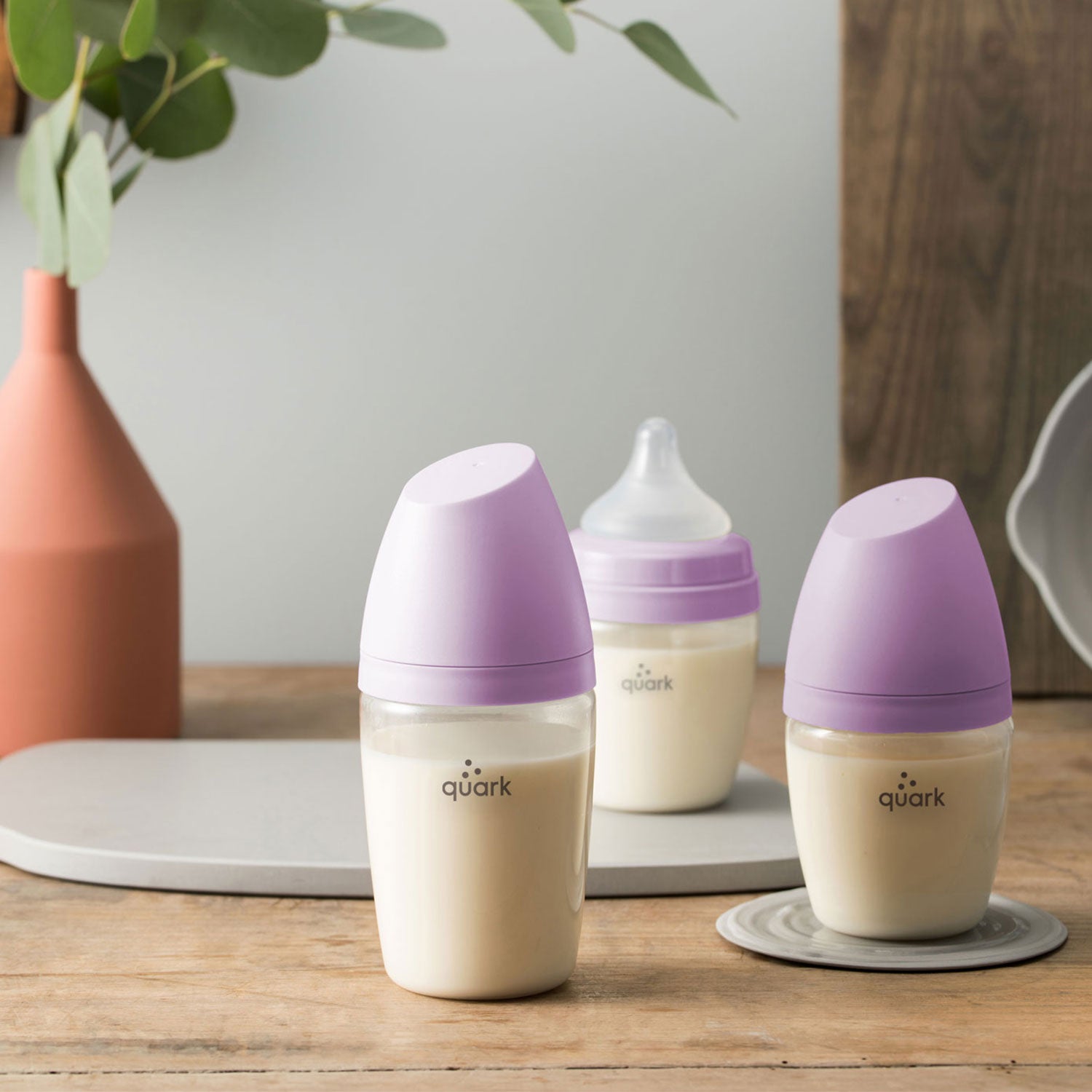




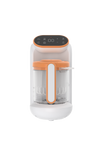
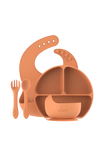
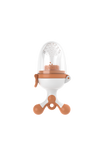

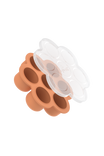
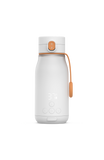
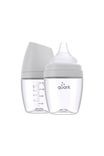

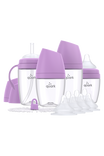

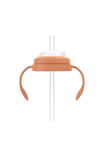
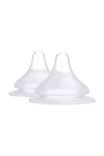
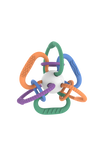




Leave a comment
All comments are moderated before being published.
This site is protected by hCaptcha and the hCaptcha Privacy Policy and Terms of Service apply.